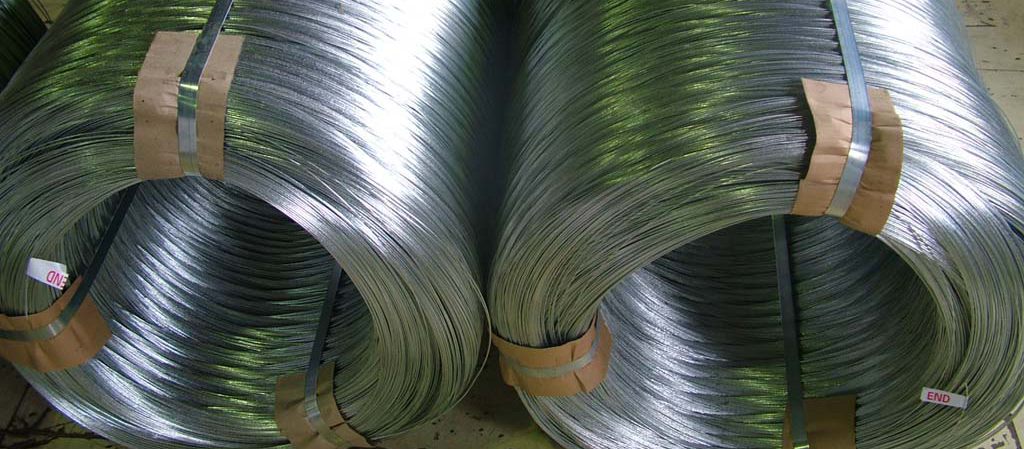Client: Steel Wire Manufacturer based in Texas

The Story
A steel wire manufacturer based in Texas purchased a piece of machinery from Germany. The vendor gave the client flexible payment terms over the course of one year, at which time the machine was delivered. Additionally, the vendor offered to handle the currency conversion and invoiced the client in US dollars (USD) and Euros (EUR). An initial deposit of 10% was due, 30% was due between 4-6 months, and the final 60% was due between 10-12 months.
Our personal specialists helped the Managing Director tailor a strategy that protects the company’s currency exposure.
The Challenge
The client liked the rate of exchange and wanted to budget for the expense then, avoiding the potential for losing money due to currency volatility. This was an especially large purchase for the client and they did not have the funds at the moment to purchase the machine outright.
The Strategy
In order to save money and secure the client’s budget, a strategy was drawn up by their Monex specialist, which involved using a combination of:
- 160K EUR (10%) spot transaction
- 480K EUR (30%) window forward opening in 3 months and closing 6 months out
- 960K EUR (60%) window forward opening in 10 months and closing 12 months out
With the guidance of their Monex specialist, they evaluated whether it was more cost-effective to pay the invoice in USD or EUR. After performing a cost comparison of the total USD invoice amount and the total EUR invoice amount (taking into account the exchange rate and forward points), they learned that the USD invoice was padded with an extra 4% – commonly used to protect the vendor from currency volatility when they receive and convert the currency.
The Outcome
The combined strategy equated to the client saving $— than if they paid for the machine entirely at spot when the invoice was due. They also saved an additional $— by paying in EUR instead of USD.



